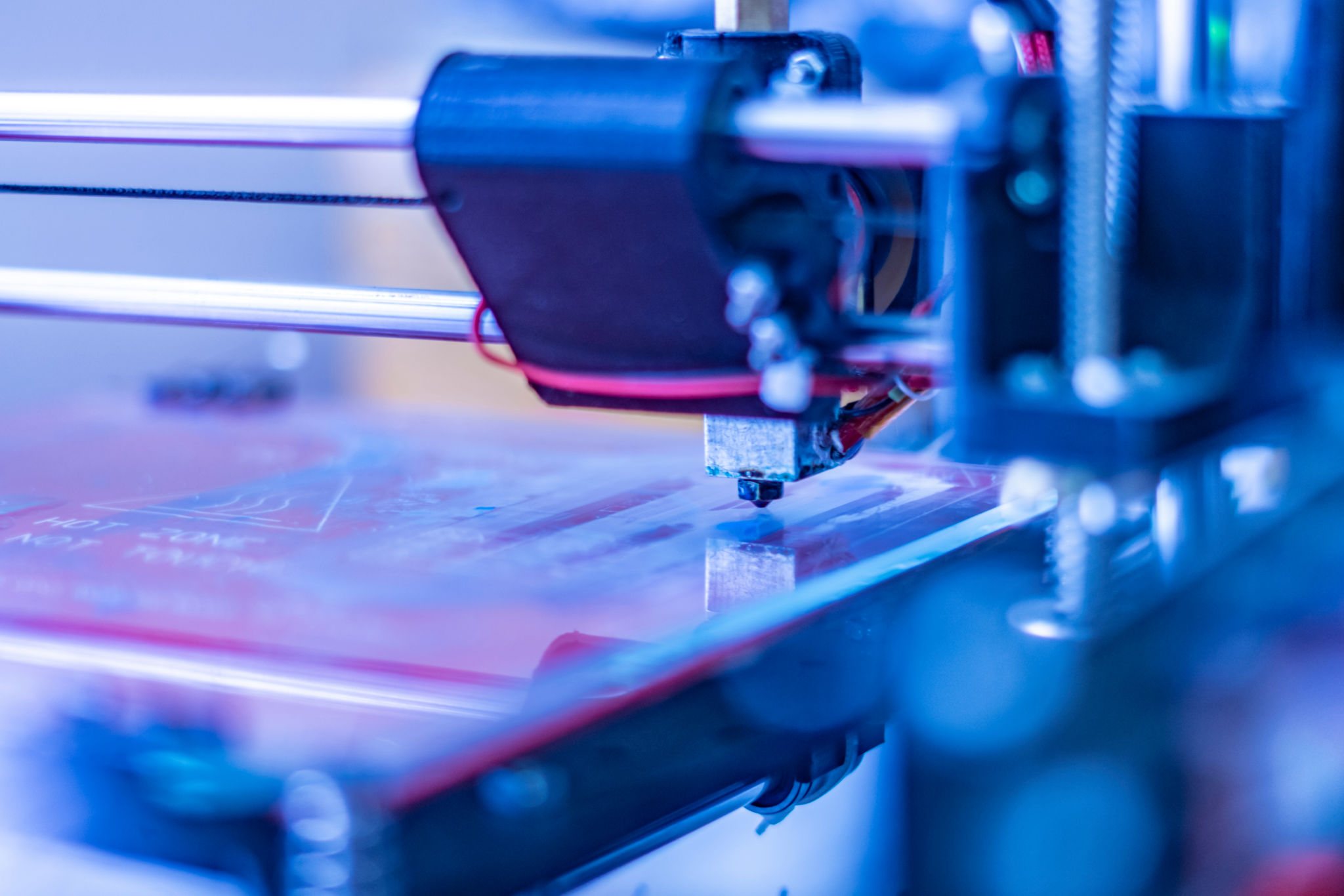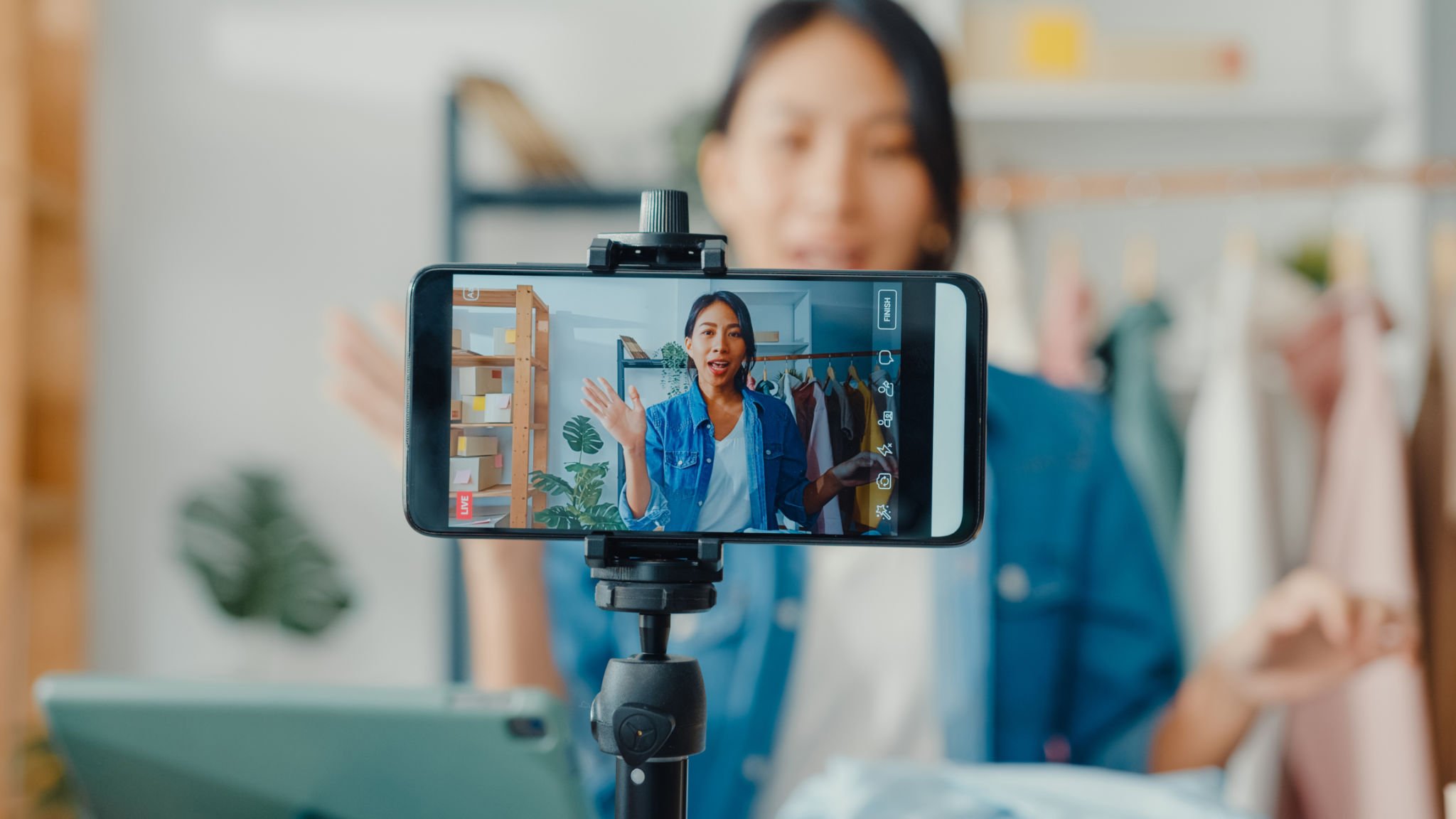How Technology is Influencing Modern Fashion Trends
The Intersection of Technology and Fashion
In recent years, the intersection of technology and fashion has become increasingly evident. The fashion industry, known for its creativity and innovation, is now embracing cutting-edge technology to redefine how clothes are designed, made, and sold. This fusion is not just transforming the industry but is also influencing modern fashion trends in profound ways.
From virtual fitting rooms to smart textiles, the impact of technology is visible in almost every aspect of fashion. Consumers today are more tech-savvy and demand more personalization and convenience in their shopping experiences. This shift in consumer behavior has prompted brands to integrate technology into their offerings to stay competitive.

Smart Fabrics and Wearable Tech
One of the most exciting developments in fashion is the rise of smart fabrics and wearable technology. These innovations are not just about aesthetics; they are about functionality. Smart fabrics can change color, regulate temperature, or even charge devices. Wearable tech, such as fitness trackers and smartwatches, has already made a significant impact on how we view accessories.
The use of materials embedded with sensors is becoming more common. Designers are experimenting with garments that monitor heart rate, track physical activity, or even detect environmental pollutants. This integration of technology into clothing offers new opportunities for both fashion designers and tech developers.

3D Printing Revolutionizes Design
3D printing is another technological advancement that is reshaping the fashion landscape. It allows designers to create intricate patterns and structures that were previously impossible with traditional methods. This technology not only speeds up the production process but also offers sustainable solutions by reducing waste.
The ability to 3D print garments on-demand means that consumers can enjoy personalized fashion like never before. Designers can experiment with complex designs without the constraints of traditional manufacturing processes. As a result, we are seeing more avant-garde and bespoke pieces making their way into mainstream fashion.

Augmented Reality Enhances Shopping Experiences
Augmented Reality (AR) is enhancing the shopping experience by allowing consumers to visualize how clothes will look on them without having to try them on physically. Virtual fitting rooms and AR apps give shoppers a realistic preview of how an outfit will fit, which reduces the uncertainty of online shopping.
This technology not only makes shopping more convenient but also helps reduce returns, benefiting both consumers and retailers. As AR becomes more sophisticated, it is likely that we will see even more immersive and interactive shopping experiences in the future.
The Role of Social Media and Influencers
Social media platforms and influencers have become pivotal in shaping fashion trends. With the help of technology, brands can reach millions of potential customers through targeted advertising and collaborations with influencers who have a significant following.
Platforms like Instagram and TikTok provide instant access to the latest trends and allow for real-time interactions between brands and consumers. This direct engagement has led to faster trend cycles and a more dynamic fashion landscape where consumers play an active role in trendsetting.

Conclusion
The impact of technology on modern fashion trends is undeniable. From smart textiles to AR-enhanced shopping experiences, technology is weaving itself into the very fabric of the fashion industry. As these technologies continue to evolve, they will undoubtedly lead to even more innovative and exciting trends, offering endless possibilities for the future of fashion.
